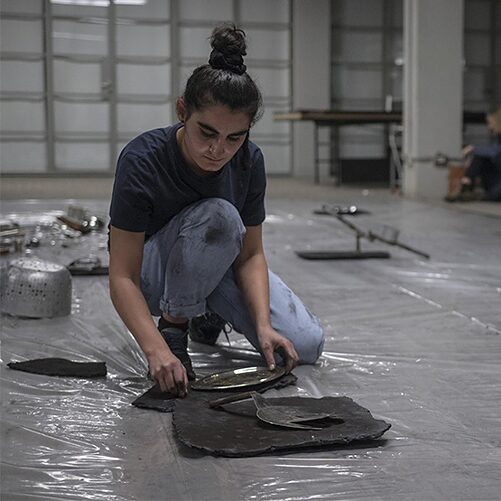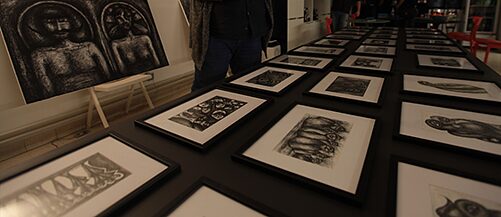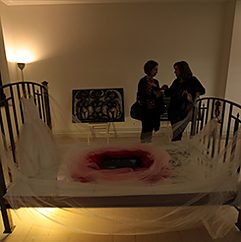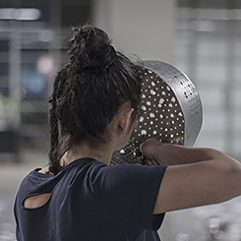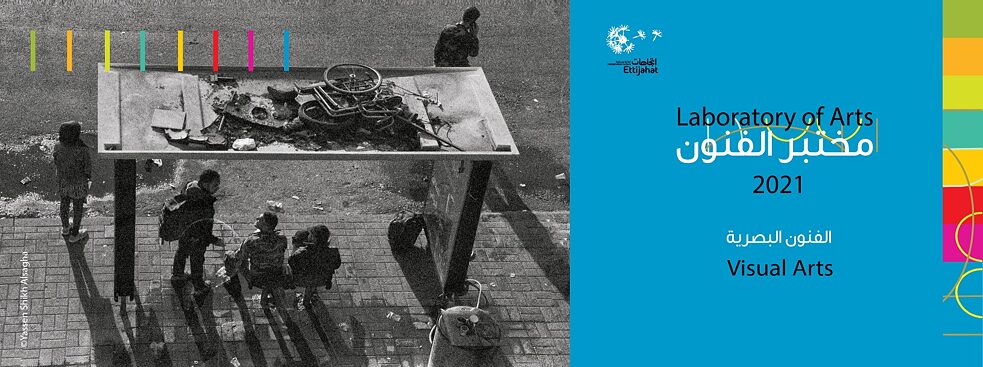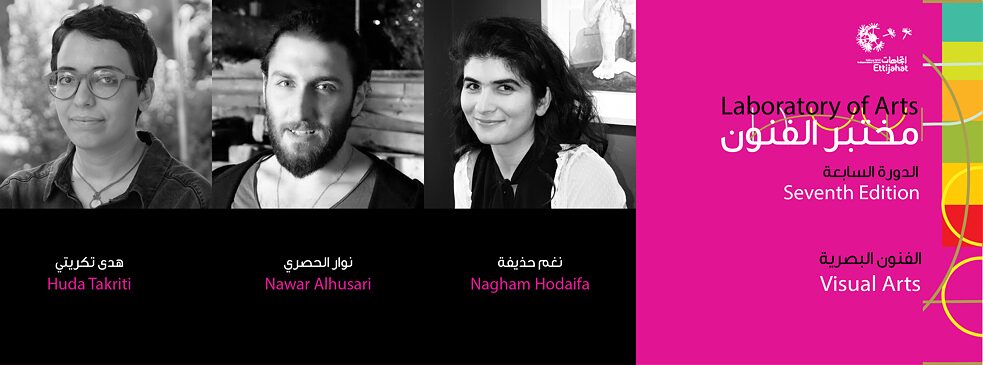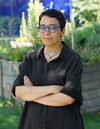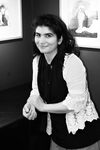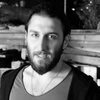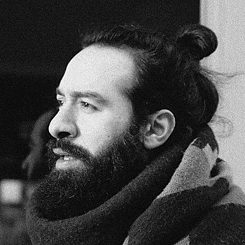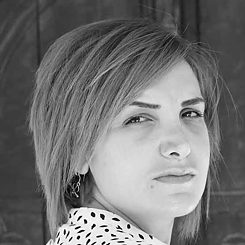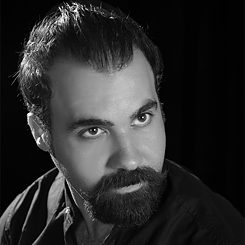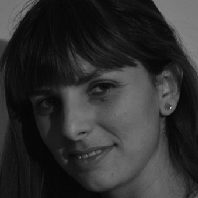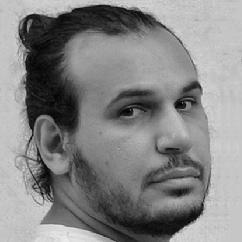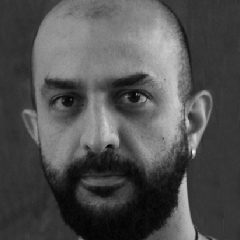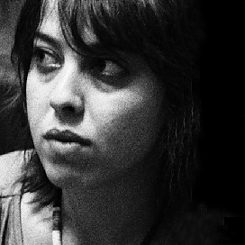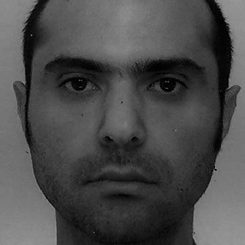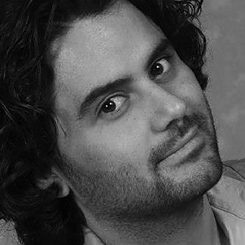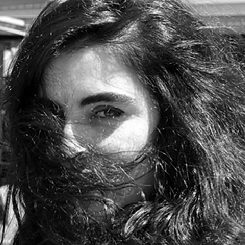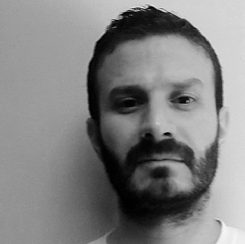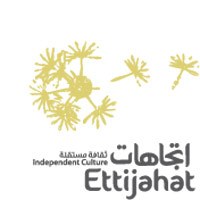Alaa Hmedy | When the Reflection becomes the Mirror
A series of Video Arts with inner voices tackle concepts and emotions relating to the universe, the human body, life as we know it, and an imagined afterlife. They stem from the living human body burdened by difficulties, memories, and ideas about the place of birth, whereby any attempts to revisit them would fall no short of a rebirth. The project raises questions on how to deal with one’s self and body under entirely new circumstances that largely differ from what they had known in their previous life.
Fadi Alassaf | Verbindung
Eine Kunstausstellung und ein Workshop zur Erforschung traditioneller syrischer Motive und Muster, die mit Hamawi-Textildrucktechniken auf alte Textilien übertragen werden. Das Projekt zielt auch darauf ab, traditionelles Vokabular wiederzubeleben, indem es durch manuelle Beschriftung und Druck auf Textilien reproduziert und als visuelle Kunstwerke präsentiert wird, die den Regeln der Kunstproduktion folgen, einschließlich Gleichgewicht, Kontrolle, Kontrast und verschiedene Farben und Texturen.
Rita Adib | Her and the Dinosaurs
A series of digital comics tackling the patriarchal system, inspired by stories and meetings that are engraved in our collective memory as Arab feminist movement. The project is a satirical narrative and visual approach to the challenges that women face on daily basis with Macho characters in public and private spaces, along with political, professional, and social spheres.
Yassen Shikh Alsagha | Expired
An artbook and photography exhibition, this project attempts to reuse a set of photographic material portraying the city of Damascus after the war and pandemic. Alsagha intentionally uses expired films to record fragments of the life in Damascene streets, as a commentary on the city’s intricacies and its residents.
Huda Takriti | Flight No. 840
A multimedia installation which aims to recreate the hijacking of TWA Flight 840, which took place on the 29th of August 1969. This installation will not involve an actual trip to the physical space of the incident, but will comprise largely of a review of archival documents. By recreating the missing picture, the piece raises questions on the nature of the visual archive and the possibilities it represents.
Nagham Hodaifa | The Mediterranean, the End of Every Hope
A visual art work made up of two parts: the first is an art exhibition, while the second is an interactive work completed in cooperation with physicist Ivan El-Ata. The work sheds light on migrants whose dreams have ended in the Mediterranean, a colossal tourist destination which hides multitudes of painful realities. The International Organisation for Migration has stated that approximately 20,000 people have died or gone missing in that destination since 2014. Most of them have died without a trace.
Nawar Alhusari | The Noise of Isolation
A visual art work that uses relief printing to discuss the terminologies that have entered into our daily lives through traditional and modern media as an accompaniment to the epidemic witnessed by the world, and their ability to impact cultural and social heritage in our individual lives. The aim of this visual work is to create a large lexicon of terms by carving them separately into linoleum plates and then using face masks as a surface for printing in order to produce an exhaustive visual product.
Hiba Alansari | Dragée
An art installation and performance that explores the relationship of the artist with the concept of nothingness and tracing vacuum with sharp and smooth tools similar to the way it moves geographically. The work is based on a set of elements: a porcelain coating, a metal stirring machine, ropes and the human body. The artwork begins with a kinetic performance and then the elements are left in place as an installation in the vacuum. The work depends on the sounds of impact, movement, and noise as the elements come into contact with each other. The work seeks to create a balance between noise and silence in an interaction created by the body and its emotions with the help of forces of traction, lifting and impact.
Omar Malas | Raven Eye
A visual book containing images of daily life in Damascus accompanied by a narrative text. The book aims to fly as free as possible over and within the city with a camera that captures pictures from the perspective of the city’s ravens. The ravens are scattered in the city and the artist feels that they are watching us on a daily basis from different angles; hence, he believes that they can provide a different and strange view of reality.
Rahaf Demashqi | Golden Paths
A visual installation that addresses the idea of abandoning a place, or being forced to leave it, in search of a better life. The work seeks to document what immigrants experience in their country of exile and to appreciate the culture and richness they bring to the host communities. Using gilded paper, Golden Paths represents the experiences of some migrants who are not settled yet or who are looking for identity and belonging in their exile. It also aims to create a window for dialogue between immigrants and host populations. At the gates of exile, people who have been displaced from their homes experience different paths to reach new worlds.
Fadi Alhamwi | White Gold
"White Gold" is a performance and an installation, which is based on the re-creation of cement bricks produced in Syria, but replacing cement with white sugar. The concept of "sugar bricks" expresses the psychological, moral, and material dilemma that many Syrians face in their countries of asylum. It is also linked to the organic formation of the human body, which is exploited by capitalist and industrial countries. Sugar and its use in "construction" aesthetically show contradictions in the essence of sugar as a material, i.e. the harshness of its form vs. the sweetness of its taste. This "sweetness" expresses a sublime past due to the history of sugar itself.
Randa Maddah | Restoration
"Restoration" is a visual installation that tries to answer the question: How can I understand destruction? The work is an attempt to look at memory and its relation to a place and the changes it witnesses. It sheds light on how ruins, borders, walls, and checkpoints alter a place and transform the lives and language of people to become a semi-normal reality that absurdly tries to restore what cannot be restored. It exposes how memory fails to retrieve pre-ruin memories, where what is left are fragile, breakable shards in an attempt to find the self.
Samer Roumani | Survival Struggle
"Survival Struggle" is an exhibition of sculptural works in an expressive style executed in different materials and sizes (wood, stone, bronze, and metal formation). The buffalo is the main element in this collection, to which the artist bestows expressive movements, indicating conflict with reality as part of an attempt to survive and cling to one’s life and place. This creates balance in the work and its interaction with the space where it is exhibited.
Boushra Moustafa | Doors
An installation that highlights the plight of the current Syrian generation (the generation of war) under current countless difficulties and its relentless attempts to find a wider space for its ambitions by striving to open doors to a fairer future. It is a journey in search of a future that currently seems vague and an attempt to cross to safety. The project presents a vision of twelve real doors (brought from war-affected residential areas) that are vertically placed on a circular base, in the middle of which is a sculpture of a man trying to cross: it’s an endless crossing. The work is accompanied by a sound effects and lighting production.
Mohamad Khayata | To Be Continued
To Be Continued is a conceptual art project consisting of fifteen installations. The project addresses a number of current themes, including demographic change, hatred, migration, and conflicts in our convergent societies. These themes will be outlined in a variety of ways and will pose a number of questions and solutions to the problems at hand. The project includes organizing a mobile interactive exhibition, which will allow for community participation as the installations will be on display in public and private areas.
Sami Ajouri | Between War and Peace
An oil painting project that includes a collection of 10 to 15 paintings addressing the human image between war and peace. At the end of the project, the paintings will form a coherent body of work that will be presented at an art exhibition.
Shada Safadi | Bounce-back
A multimedia art project that includes video and engraving on plexiglass. It is a mural of transparent plexiglass and small-scale engraving work. Plexiglass pieces are engraved and folded in various forms using heat. The work addresses the geography of the occupied Syrian Golan, its political reality, and the consequent repercussions on the daily lives of individuals and groups residing there. The videos, which depict natural scenes from the Golan, are displayed on engraved surfaces as an attempt to change the stereotypical map of this current geography.
Mohamad Omran | Crowd
In the form of an art booklet of ten paintings, Crowd reproduces the image of mass crowds in Syria, from the 1980s to our present day. The booklet relies on painting as an implementation technique, with written texts that present the paintings and the events they depict. It contains a selected group of scenes that embody the idea of the crowd and introduces readers to the modern history of Syria by exploring the collectiveness of crowds.
The scenes depicted in the booklet include demonstrations and funerals at the beginning of the Syrian uprising, the funeral of the former president, groups gathered at co-op stores, images of mass displacement, and summer picnics near the Unknown Soldier memorial in Damascus, locally known as the ‘sairan.’
Raed Zeno | Marriage Contract
Marriage Contract aims to create an audio-visual space to explore the question of arranged marriages and honour in Arab societies in general, and the Syrian society in particular. The project openly and provocatively questions the social burdens of the past to allow us to reconsider old habits and traditions. This is achieved using local icons and rituals shown in paintings, video art, and sound effects.
Heba Alansare | Math Book
Math Book is a synthetic work that tries to present an idea about people's connection with places, explosions and death. The work is inspired by a math book found by al-Ansari inside a destroyed house in the north of Syria, for the girl Nora Bezkadi, who was killed by warplanes bombing on her home. Al-Ansari used concrete blocks and sponges as an attempt to reduce the explosion, and to construct irrational mathematical equations that are formed from other materials used in everyday life, such as kitchen utensils.
Iyas Shahin | Real Estate Misdemeanours
Real Estate Misdemeanours is an architectural multimedia project that aims to document a range of changes in the architectural and urban landscape of Damascus. The work focuses on current and future real estate projects that are somewhat aimed for the city’s development without really knowing whether or not this will really be achieved.
<< real estate misdemeanour is deliberately distorting a city’s image, and is connected to an unconscious future, an unacceptable present and a past detached from its context>>
Bissane Al-Sharif | Women Memory
The project is a multimedia artistic production (video, sound, photography and text).
At its core, the project relies on documentation, spoken word, memories of physical spaces, and the recalling times and events. The project is based on the idea of forced exodus and its "documentation." It includes testimonials from several Syrian women and Palestinian-Syrian women, who give their accounts as they hail from several Syrian cities, are of different age groups and come from different social classes. Yet they all crossed the border: escaping from Syria, walking different paths in different directions towards a different country in the Arab world or in Europe.
Project leader Bissane al-Sharif says: “I talked to these women about their excodus, and I discovered that, even though the events happened recently, it remains a difficult time for them to remember, either because of the haste in the decision-making, the busyness preparing for their departure, the difficulty faced when coping with a new situation and a new environment, or the lack of any desire to remember. We also talked about ‘home’ and stability, about losing ‘home’ with such finality, about personal belongings, what was left in Syria, and what they took with them.”
“Women Memory is my first experience in the field of documentary production, and the project also denotes part of my personal experience in the search for the meaning of ‘homeland’ and ‘home’.” Lina, one of the women participating in the project, says: "There are some things that were in my handbag, which I wouldn’t necessarily think I would take, but now they mean a lot to me.”
The paths and stories of the women are diverse, and their forms of displacement vary. Some of these journeys continue up until today, as Syrians and their families continue to move between any number of places, both inside and outside Syria.
